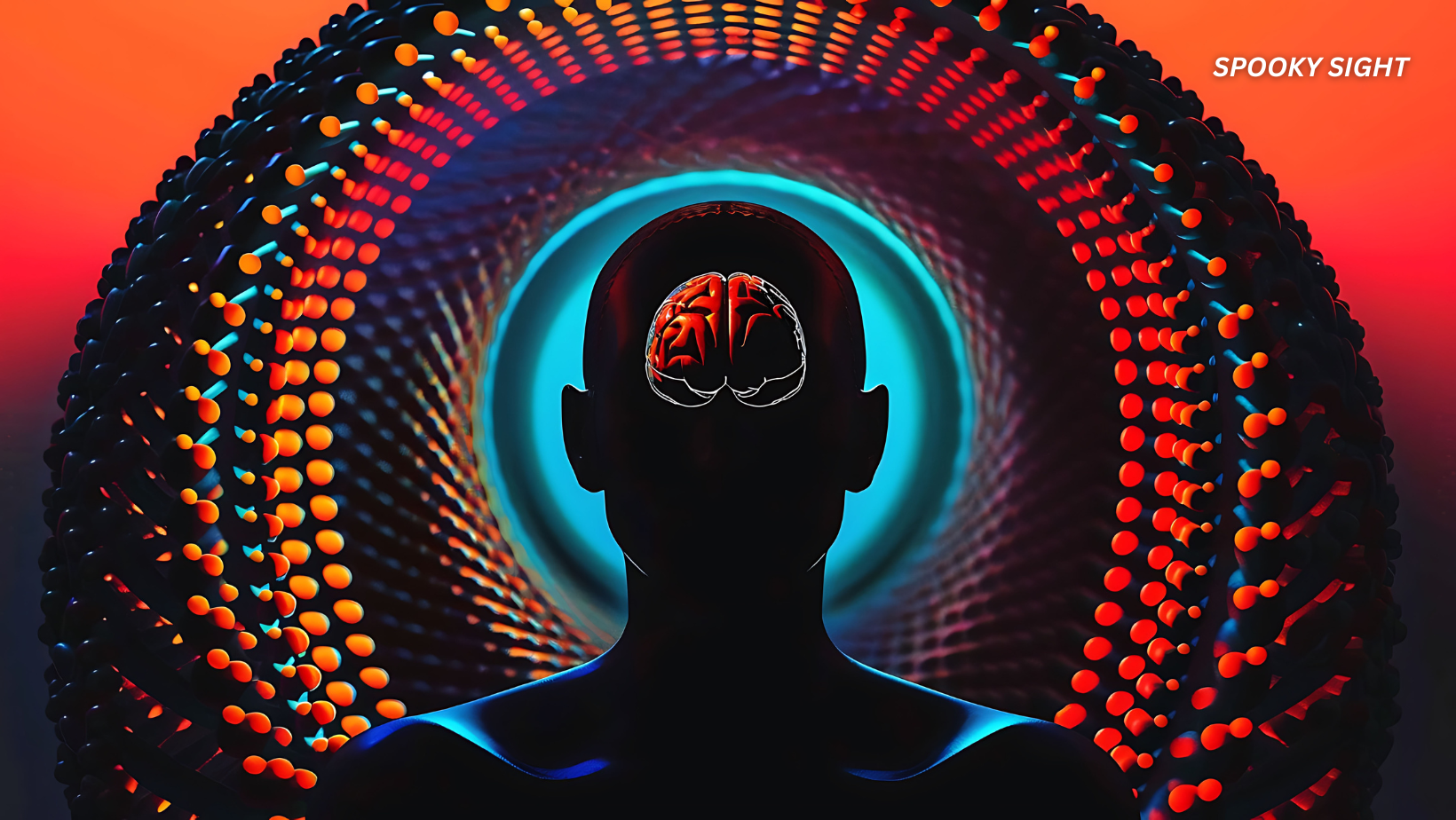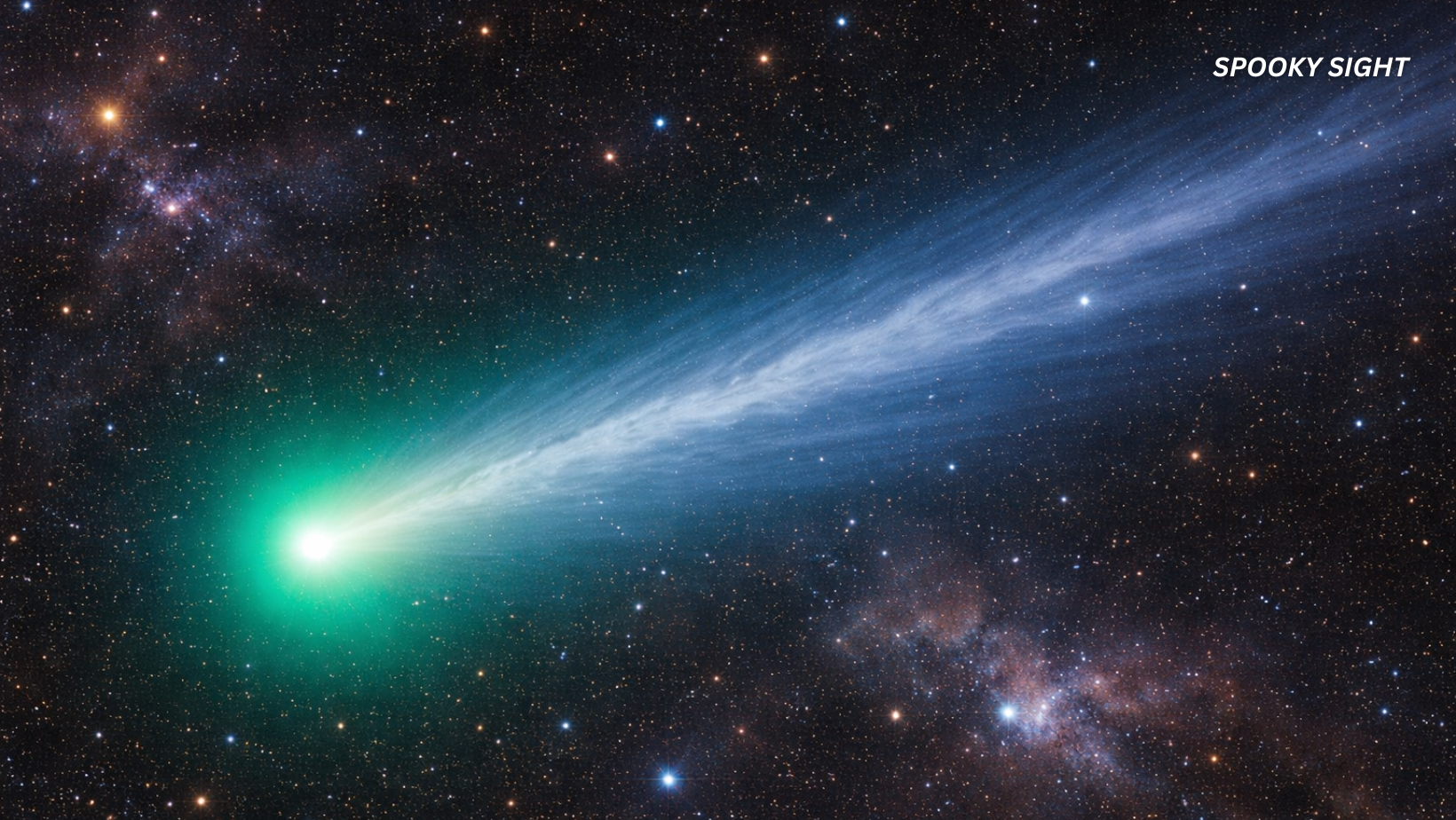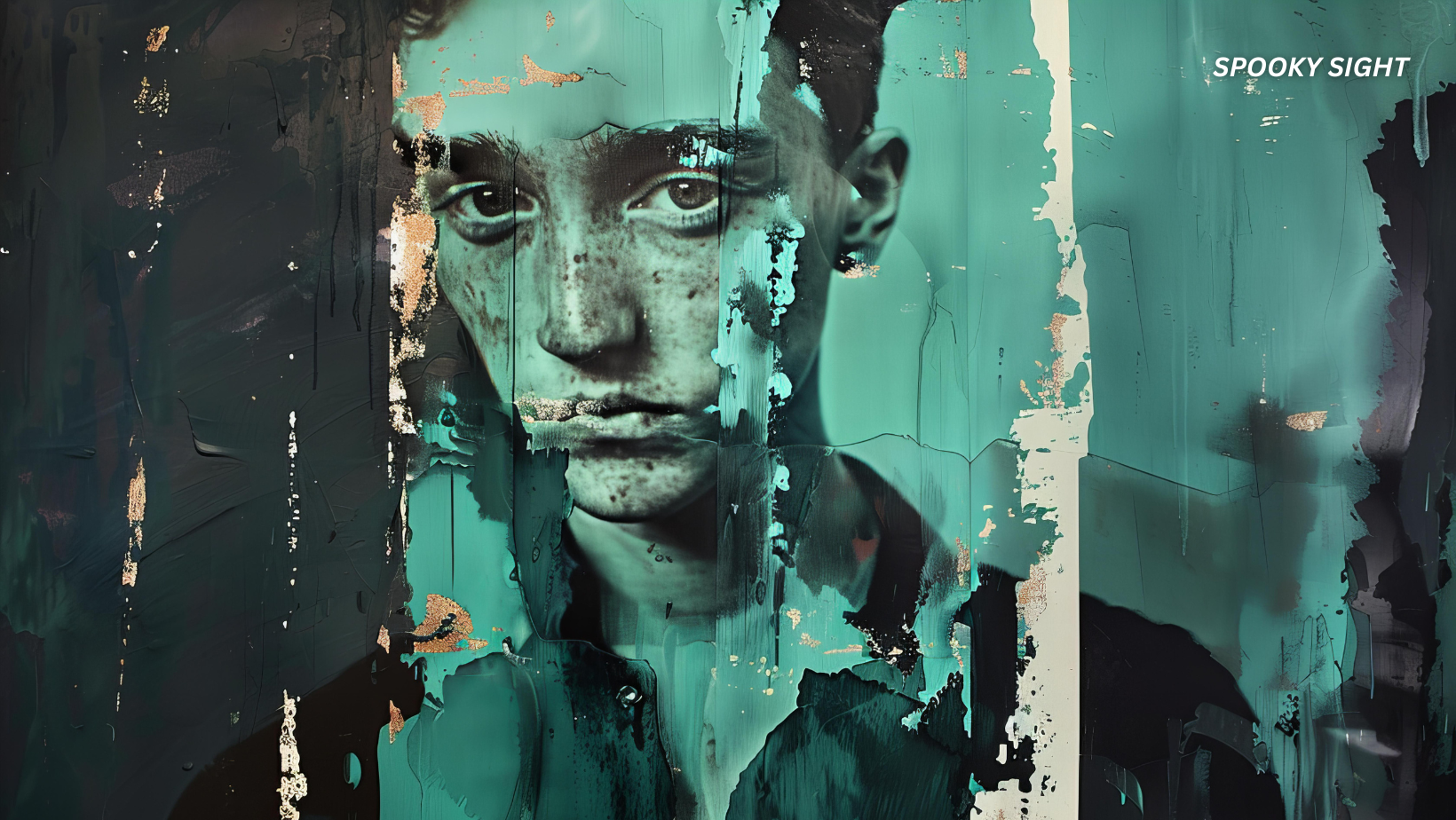For years, scientists believed that the human brain—the most intricate and mysterious organ we possess—was divided into around 52 main regions. Each area was thought to handle its own specific job: one for memory, another for emotions, and others for movement or planning. But a new discovery has completely redefined this mental map. Using advanced artificial intelligence, researchers have identified about 1,300 distinct regions within the brain—far more than previously thought.
This finding doesn’t just expand our understanding of brain anatomy; it could reshape how we diagnose and treat neurological conditions such as Alzheimer’s, epilepsy, or depression. It may even help us inch closer to answering one of science’s biggest questions: how consciousness emerges.
The AI That Redrew the Brain’s Map
The groundbreaking study was carried out by researchers at the University of California, San Francisco (UCSF) and the Allen Institute for Brain Science, and was published in Nature Communications. The team, led by Dr. Reza Abbasi-Asl, a professor of neurology and bioengineering, built an AI model called Cell Transformer—a system based on the same “transformer” technology that powers large language models like ChatGPT.
Instead of learning human language, however, this algorithm learned the “language” of brain cells—how neurons communicate and interact with their neighbors. By analyzing how these cells relate to one another, the AI could detect previously unseen divisions within the brain’s complex structure.
Read more: Scientists Just Found Another Powerful Reason to Sleep in Complete Darkness
A Complex Organ, Simplified by AI
The average human brain weighs about three pounds, yet it houses around 86 billion neurons, each connected by axons—tiny fibers that can stretch from a few millimeters to over a meter in length. If all of these connections were placed end to end, they could wrap around the Earth several times.
Given that level of complexity, it’s no surprise that even the most experienced neuroscientists struggled to map the brain’s exact borders. Drawing them by hand was like trying to chart every street of a city from an aerial photo taken in fog. That’s where AI came in—its ability to detect patterns in enormous data sets made it the perfect tool for the job.
From 52 to 1,300: The Brain Reveals Its Secrets
The research team trained their AI using millions of detailed scans from mouse brains. The goal was simple: to see if the AI could distinguish where one brain region ended and another began. When the model completed its task, the results were astonishing.
Cell Transformer identified around 1,300 unique brain regions and subregions—more than 25 times the number found in traditional brain atlases. Some areas matched known zones, but many were entirely new, previously hidden regions that had never been documented.
Dr. Abbasi-Asl explained that the project was born out of necessity. “We were dealing with these massive, whole-brain datasets containing millions of cells,” he said. “It wasn’t possible to manually explore data at that scale. So we thought—why not use the same kind of AI used for language, but make it learn the grammar of the brain instead?”
After months of refining the model, the results were not just accurate but eye-opening. The AI didn’t just confirm what was already known—it expanded the map dramatically. The brain, it turned out, wasn’t just neatly divided into large, general regions. It was hyper-organized, structured in layers and neighborhoods so precise that even advanced imaging techniques had missed them before.
Why This Discovery Matters
So, what’s the significance of finding over a thousand new regions in the brain? According to Dr. Abbasi-Asl, the implications could be transformative.
Breaking the brain down into smaller, more precise zones allows researchers to link specific functions, emotions, or diseases to exact locations at a cellular level. This could help scientists understand the subtle molecular differences that might trigger neurological or psychiatric disorders. It could also improve how treatments are designed—making therapies more targeted and effective.
In simpler terms, this new brain map acts like a “Google Earth” for neuroscience—offering a zoomed-in view of the brain’s internal landscape. Instead of seeing the brain as a few large continents, researchers can now navigate through thousands of intricate neighborhoods.
Rethinking How the Brain Works
Dr. David Traster, a specialist in neurological rehabilitation, believes that this discovery represents a major leap forward in understanding how different areas of the brain interact. “The days of seeing the brain as a collection of isolated regions are over,” he explains.
When one part of the brain is damaged—say, from injury or disease—it often affects other regions that seem unrelated. These disruptions can influence movement, memory, or even a person’s sense of self. The more detailed the brain map becomes, the easier it is to trace these connections and find ways to restore them.
Traster adds that many neurological deficits are not permanent. By understanding how certain “silent” regions can be reactivated, doctors may one day be able to recruit dormant parts of the brain to compensate for damaged ones—similar to rerouting traffic when a road is closed.
A Step Closer to the Mystery of Consciousness
While the research offers a remarkable look at the brain’s organization, it also reignites an age-old question: could this help explain consciousness—our awareness of ourselves and the world around us?
Dr. Abbasi-Asl is careful not to overstate the findings. “We’re not yet in a position to say anything definitive about consciousness,” he admits. The AI system doesn’t track thoughts or feelings; it simply maps where and how brain cells are organized. Still, this level of precision is a vital step forward.
He describes understanding consciousness as a “dream” goal—something scientists are steadily working toward, but not quite within reach. The new model doesn’t unlock that mystery yet, but it provides an essential foundation for future research.
Read more: Psychologists Reveal 14 Common Ways Manipulators Weaponize Generosity
Mapping the Unknown
Every map, no matter how detailed, hints that there is still uncharted territory waiting to be discovered. This latest brain atlas is no exception. For the first time, scientists have a high-resolution view of the brain’s internal geography—one that could reshape how we understand behavior, emotion, and cognition at the smallest scale.
More importantly, it opens the door to new questions. If we can now identify where consciousness might reside, perhaps the next step is asking why it exists at all.
This study may not have revealed the full secret of the human mind, but it has given us something almost as valuable: a clearer path toward understanding what makes us who we are.
Featured image: Freepik.
Friendly Note: Spookysight.com shares general information for curious minds. Please fact-check all claims. 🌱









